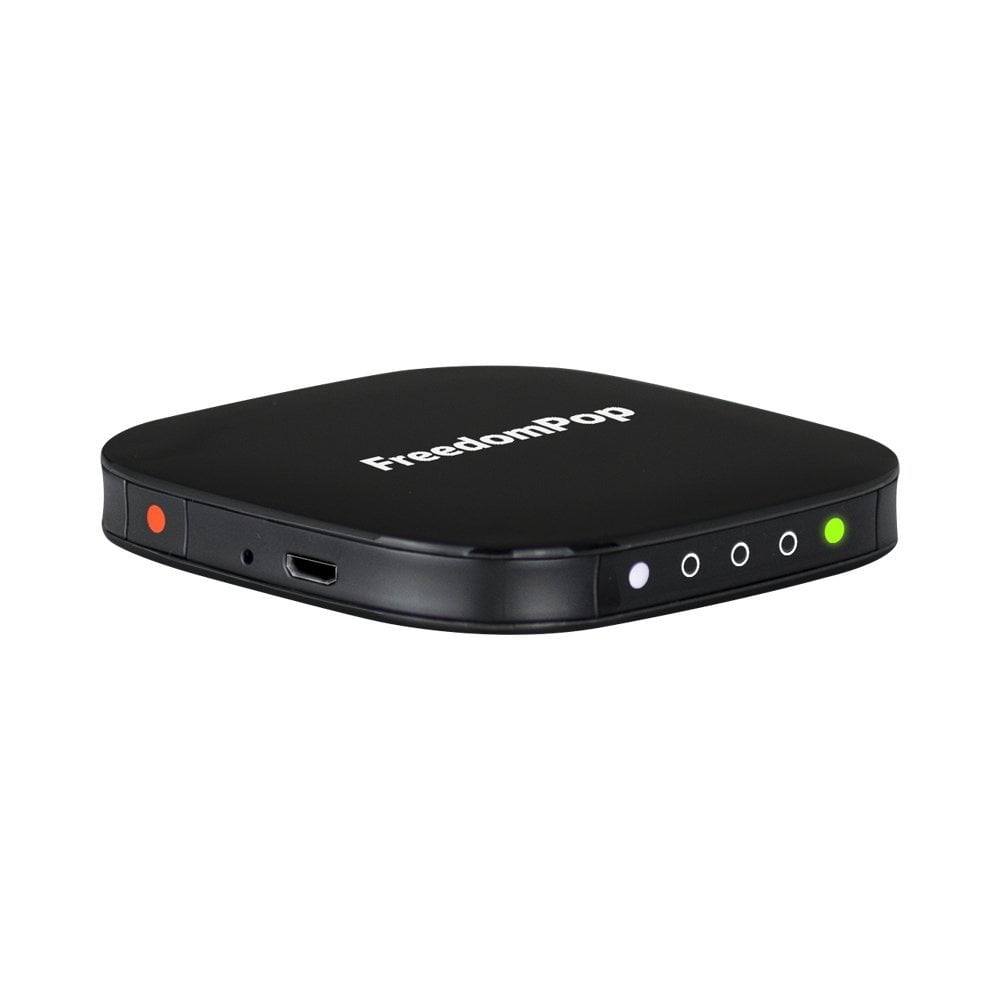
It was here that I performed the speed test on the right, which is much better at over 6Mbps down and with about half the ping time at 79ms. It wasn’t until I got to Lynnwood (about 15 minutes north of Seattle) that I got a solid signal again. The signal dropped out again as I hit the Interstate, coming back periodically but mostly falling out. It’s not exactly blazing, but if all you need is some mobile access to e-mail and Facebook, almost 3Mbps is more than adequate. The speed test on the left was performed inside a store in a strip mall in Bellingham. It was mostly fine when I was outdoors or near a window, but the signal did begin to fade out when I got into the mall and it fell out entirely when I got into the concrete behemoth known as Costco. I did not have any 4G signal between the US-Canada border and Bellingham, but I did pick up a signal when I got into town. My testing took me from Bellingham to the edge of Seattle in Washington state. I had previously borrowed my friend’s T-Mobile 4G hotspot and I had coverage just about everywhere I went.

So, how does this perform in the real world? It’s a bit of a mixed bag. This can become troubling if you’re getting close to your quota and run the risk of overage fees. Curiously, you cannot access your FreedomPop account from here to see how much data you have consumed.
#Freedompop jotspot password#
This includes monitoring the battery level and 4G signal, as well as easily changing the SSID and password (which you’ll probably want to do). This is significantly stripped down from what you’d get from your wireless router at home, but you do have access to all the basics that you need. The Photon 4G acts more or less like a regular router, so after connecting to it, you can use your mobile browser and enter 192.168.1.1 to get to the mobile admin page. Assuming you have 4G signal, you are now connected to the web. You turn on the Photon 4G by holding the power button, give it a minute to start up, and then connect to it with your smartphone, tablet, laptop or whatever other WiFi-enabled device the way you would connect to any access point. Also printed on the back of the device is your default SSID and password. The power light, for instance, is solid green when the battery is close to full, changing to amber and finally red as it starts to drain. In case you ever forget what any of the colors mean, there is a handy guide printed on the back of the Photon. There are three indicator lights on the front: Power, Wi-Fi, and 4G. It has a range of up to 100 feet and can connect with up to eight Wi-Fi devices simultaneously. There’s a 1830mAh battery inside that’s reportedly good for up to six hours of continuous use. It’s actually a lot smaller than I expected, measuring about half the size of a modern smartphone at about 2.6″ x 2.6″ x 0.5″. Thankfully, FreedomPop has signed a deal to use the Sprint LTE network and they should be rolling that out some time in 2013. What this means is that while you get “4G WiMAX” speeds, coverage is not nearly as good as the majors. This is because FreedomPop is an MVNO that is currently utilizing the CLEAR WiMAX network. The FreedomPop Photon 4G mobile hotspot is exactly the same as the CLEAR Spot Voyager, except it has been re-branded. On paper, this sounds better than the NetZero 4G offering which only provides 200MB/month for a first year and you have to buy a wireless device from them.

#Freedompop jotspot free#
All you have to do is get the USB dongle or the mobile hotspot, but both of those are free too you just have to put down a (refundable) security deposit. The “free” account is limited to just 500MB a month (you can pay for more), but it is free. To give them a try, I ordered the FreedomPop Photon 4G mobile hotspot and here are my impressions.īacked by Skype co-founder Niklas Zennstrom, FreedomPop aims to provide Americans with free Internet access. The kicker here is that I don’t have to pay a dime FreedomPop gives out 4G wireless Internet for free, including providing you with a mobile hotspot.

And so, I started to look for the most affordable ways to have mobile Internet while going to places like Seattle and Las Vegas.Īnd then I came across FreedomPop, which has only been in beta for the last little while.
#Freedompop jotspot upgrade#
However, AT&T doesn’t let me add a data package to my GoPhone anymore unless I upgrade to a $25/month plan… which I’m not going to do. Up until now, I’ve been maintaining a prepaid cell phone with AT&T so that I can avoid roaming charges with my main carrier back home. I live in Vancouver, but I travel down to the States not infrequently.


 0 kommentar(er)
0 kommentar(er)
